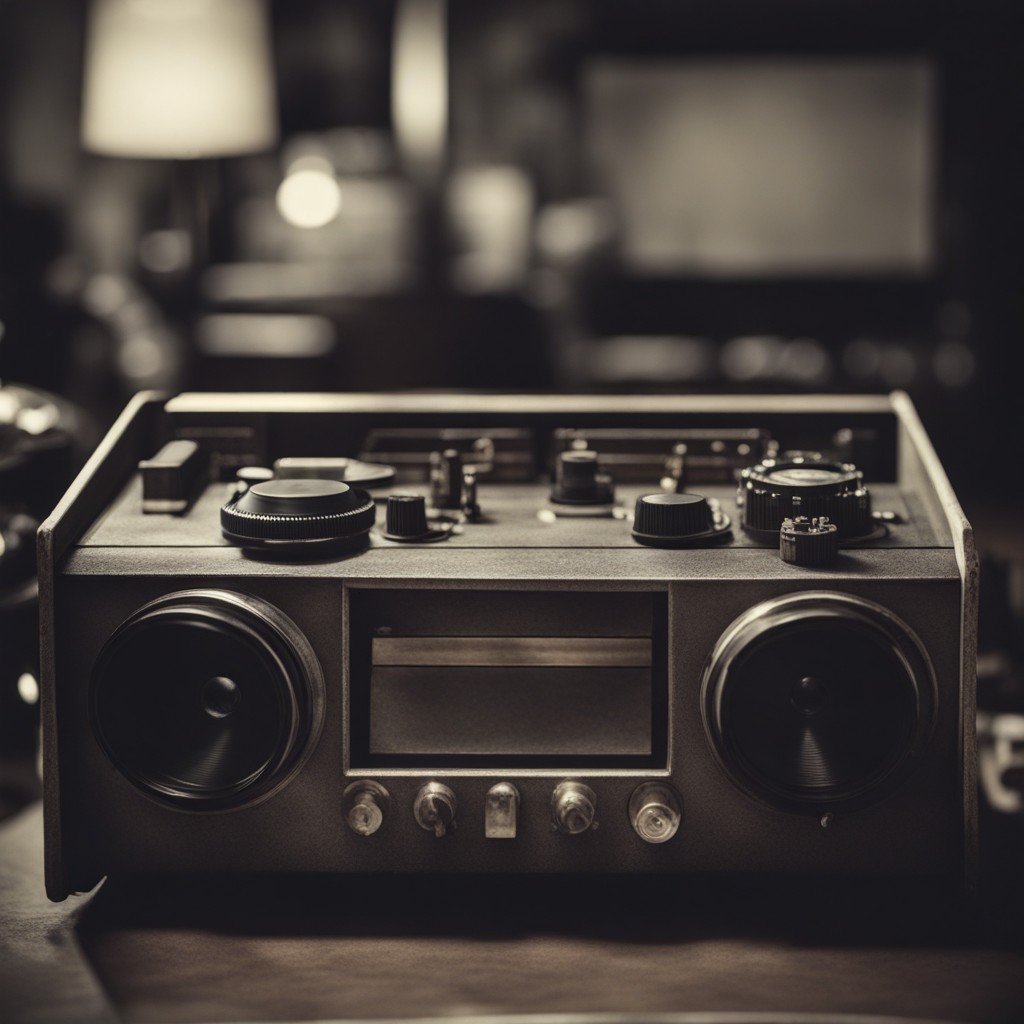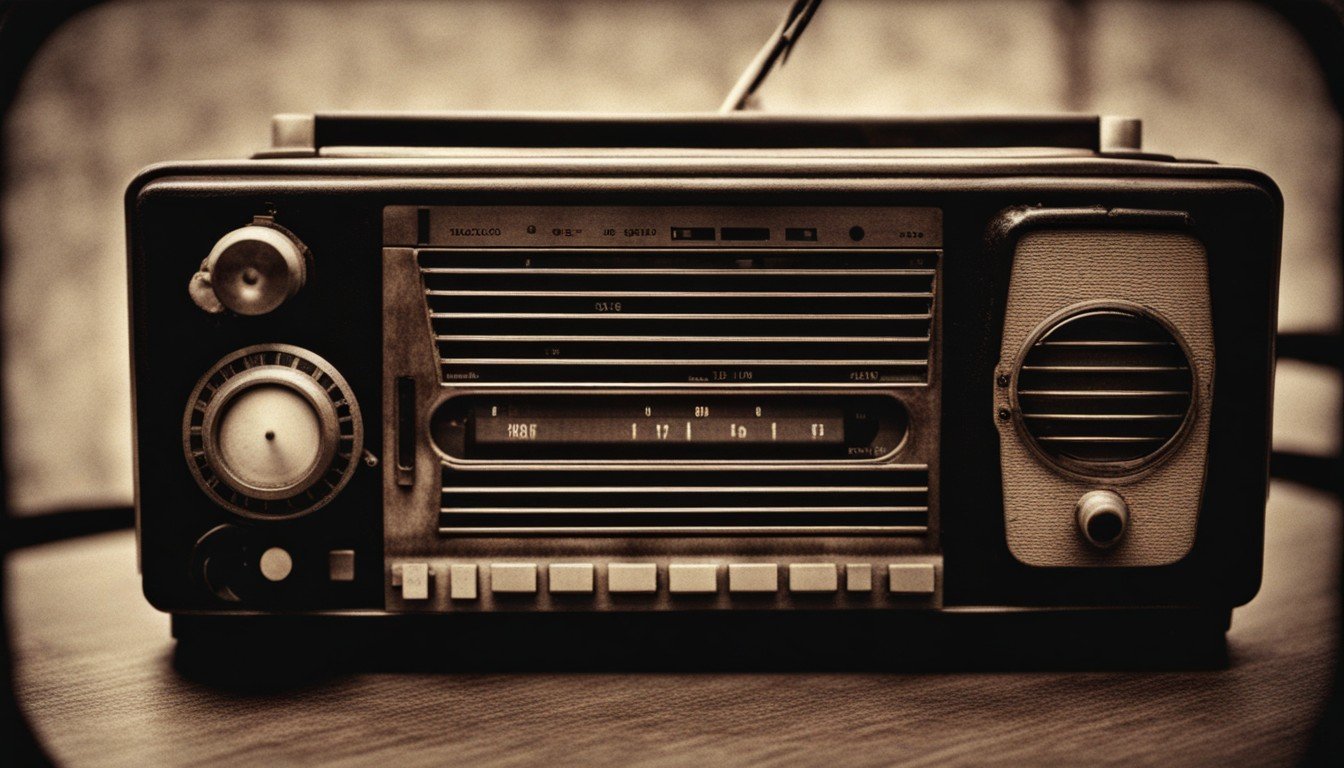Creating Professional Music Beds, also known as background music or underscore, involves several key steps, from composition and arrangement to recording and production. Here’s an overview of the process:
- Concept and Planning:
- Determine the purpose and mood: Decide the emotional tone and purpose of the music bed. Is it for a dramatic scene, a commercial, a podcast, or a presentation? Understanding the context is crucial.
- Composition:
- Melody and Harmony: Compose a melody and harmonic progression that fits the desired mood and complements the visuals or content it will accompany.
- Rhythm: Establish a rhythmic pattern that supports the pacing of the project.
- Structure: Decide on the structure of the music bed, including any variations, transitions, or climaxes.
- Instrumentation and Orchestration:
- Choose the instruments and sounds that will be used in the music bed. This can range from acoustic instruments like piano and guitar to virtual instruments and synthesizers.
- Consider the timbre, dynamics, and textures of the instruments to create the desired atmosphere.
- Recording or MIDI Programming:
- If using live instruments, record each part separately, ensuring precision and clarity.
- If using MIDI and virtual instruments, program the parts in a digital audio workstation (DAW) to achieve the desired sound.
- Arrangement and Production:
- Arrange the various musical elements (melody, harmony, rhythm, etc.) to create a cohesive and engaging musical composition.
- Add any effects, such as reverb, delay, or EQ, to shape the sound and enhance the mood.
- Adjust the dynamics (volume) and automation to create movement and interest in the music.
- Mixing:
- Balance the levels of all the tracks and instruments to ensure that they work together harmoniously.
- Apply equalization (EQ) to shape the frequency spectrum.
- Pan instruments to create a sense of space and depth.
- Ensure that the music bed sits well with any accompanying dialogue or sound effects.
- Mastering:
- If necessary, perform mastering to finalize the music bed. This can involve compression, limiting, and overall volume adjustment to make the music bed sound polished and consistent.
- Licensing and Copyright:
- If you intend to sell or distribute the music bed, ensure that you have the necessary licensing agreements and rights to do so. This is crucial to avoid copyright issues.
- Metadata and Documentation:
- Organize and label your music bed appropriately, including metadata such as tempo, key, and description.
- Keep documentation of your work, including any licensing agreements or contracts.
- Distribution:
- If you’re a music producer or composer, you can distribute your music beds through various platforms, libraries, or marketplaces for use by content creators.
Creating music beds can be a complex and creative process that requires musical skill, technical proficiency, and an understanding of the intended context. The goal is to produce music that enhances the content it accompanies while conveying the desired emotions and atmosphere.
Contact Chec Music Beds for Professional Music Beds
Frequently Asked Questions
A music bed is a background music track used to enhance or accompany other content, such as videos, presentations, or spoken-word recordings.
Consider the mood, tempo, and style that best complements your content. Make sure the music bed doesn’t overpower your main message.
No, you should always ensure you have the proper licensing or permissions to use a music bed to avoid copyright infringement.
A music bed is typically used as background music, while a soundtrack is specifically composed to match the visual or narrative elements of a film or video.
Yes, there are many websites and platforms that offer royalty-free music beds, which can be used in your projects after purchasing the appropriate license.
Using popular songs without proper licensing is typically not allowed and may result in copyright issues. It’s better to use royalty-free or licensed music.
BPM can help determine the tempo of a music bed, making it easier to match the pacing and mood of your project.





